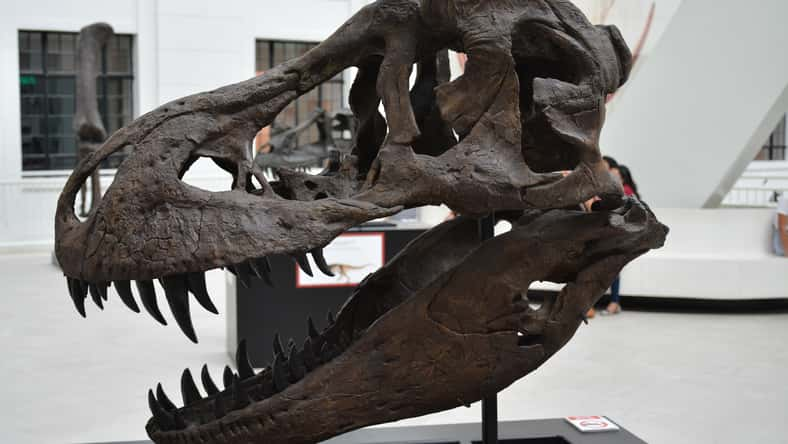
Australia is known for being home to some of nature’s most creepy, venomous creatures. Recently, a team of scientists led by paleontologist Dr. Matthew McCurry has found the fossilized remains of an extraordinarily large spider in the heart of the continent.
It’s the fourth spider fossil to have ever been found in Australia and the first-ever fossil of a spider from Barychelidae, the brush-footed trapdoor spider family, worldwide, making the discovery extremely significant.
McCurry states that this unique spider fossil reveals new information about the extinction of spiders in Australia and will help researchers learn more about their evolutionary history.
“The closest living relative of this fossil now lives in wet forests in Singapore through to Papua New Guinea. This suggests that the group once occupied similar environments in mainland Australia but have subsequently gone extinct as Australia became more arid,” said McCurry.
The new species lived in the age of the Miocene and is between eleven and sixteen million years old. It was discovered at a site called McGraths Flat and has been given the name of Megamonodontium mccluskyi.
According to Dr. Robert Raven, a scientist from the Queensland Museum, there are 300 living species of brush-footed trapdoor spiders, but it is rare for them to become fossils.
This is due to the fact that they spend most of their time in burrows, which do not provide the right environmental conditions for them to be fossilized.
The type of rock present in the fossil bed makes the whole find even more impressive. McGraths Flat is a fossil site that contains an abundance of an iron-rich rock called “goethite.” It is very uncommon for well-preserved fossils to be found in that type of rock.
Michael Frese, an associate professor at the University of Canberra, used stacking microphotography to scan the fossil, reporting that it showed a remarkable level of detail.

The scanning technology allowed tiny details of the spider to be visible. Researchers are able to study the spider’s claws and setae, which are hair-like structures that help the spider defend itself against predators, among other functions.
Currently, the fossil is in the Australian Museum’s paleontology collection. It is also available online for researchers to analyze.
If true crime defines your free time, this is for you: join Chip Chick’s True Crime Tribe
How To Decorate Your Home In The Art Deco Style
Sign up for Chip Chick’s newsletter and get stories like this delivered to your inbox.












